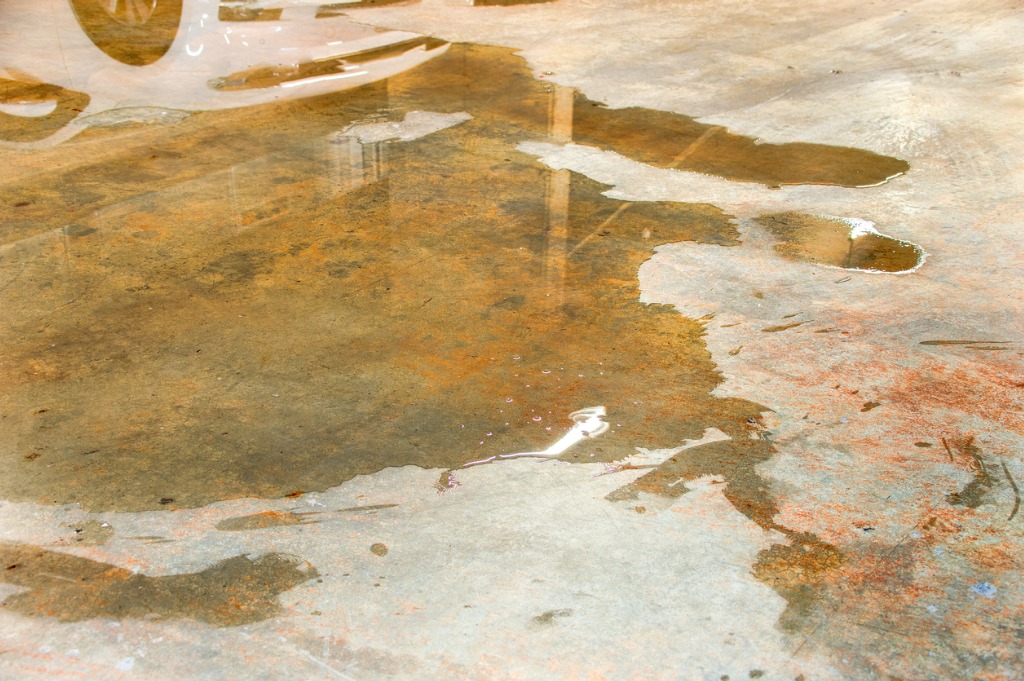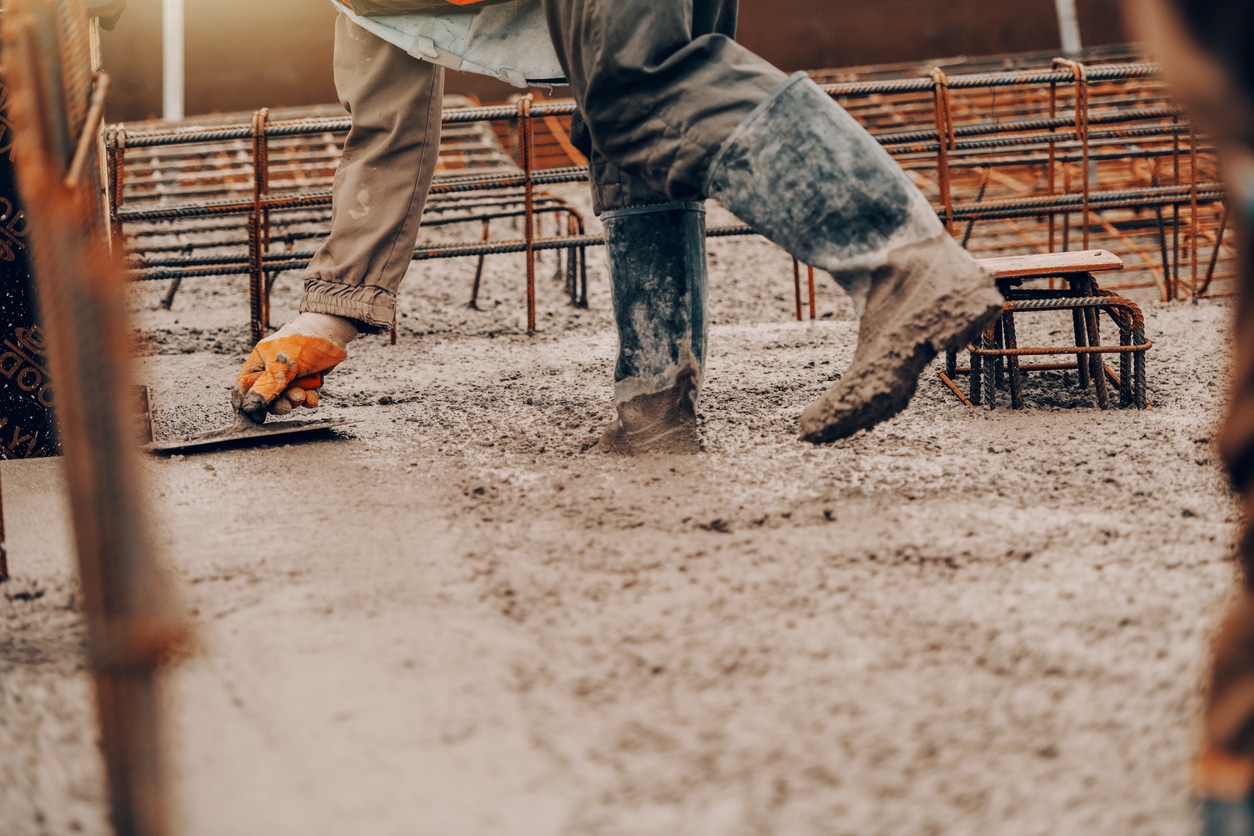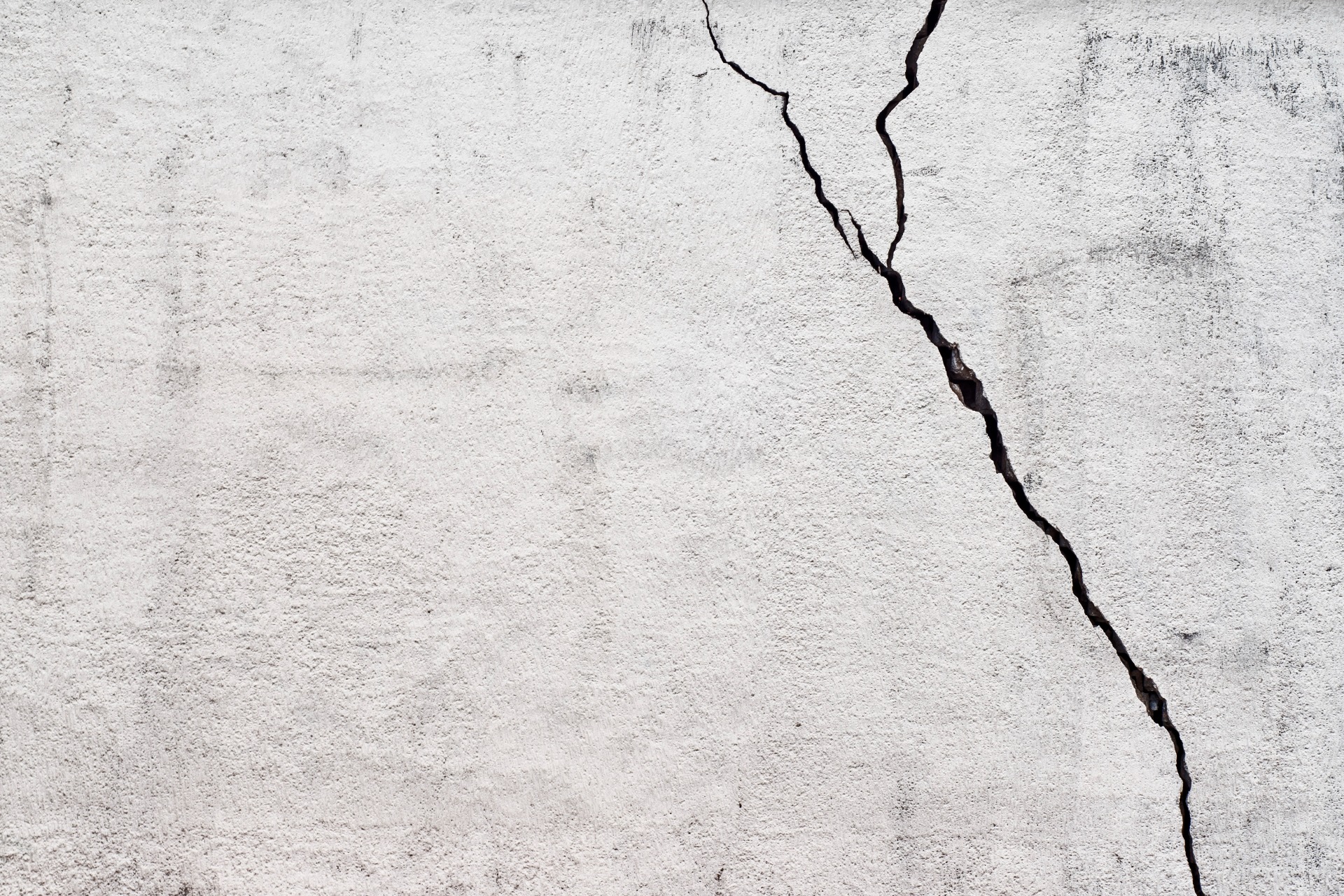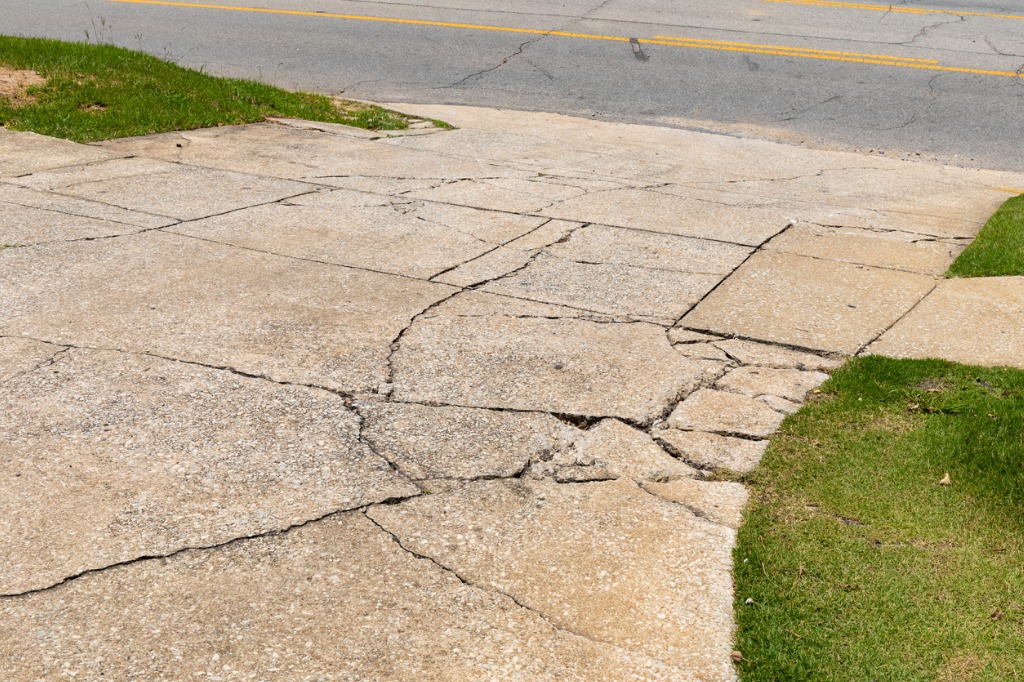Concrete is a ubiquitous material used in both commercial and residential construction due to its…

How to Fix Water-Damaged Concrete
Despite being an incredibly durable material, concrete can be susceptible to damage, especially water damage. Concrete is porous and can absorb water, which can lead to cracking. This can allow water to travel further into a foundation which can lead to structural damage.
Read more to learn how to detect concrete water damage, address the issue, and maintain and care for your concrete to prevent structural issues.
What Causes Water Damage?
There are many different reasons that concrete might experience water damage. Things such as plumbing leaks, running groundwater below the surface of your concrete or even poor installation can result in water damage.
How to Detect Water-Damaged Concrete
There are a couple of different methods to detect water-damaged concrete. Here are some of the most common ways to do so:
- Check Your Water Bill
- Check For Mold
- Pay Attention to Cracking
- Look Out For Spalling
- Keep Watch For Discoloration
- Check For Damaged Paint
Check Your Water Bill
If you notice a difference in the usual cost of your water bill but haven’t changed your water consumption, this could indicate a leak that has traveled into your concrete.
Even a leak that is unnoticed to the eye can make a difference in your water bill, so this is an excellent way to detect leaks that don’t present any surface-level damage. If you suspect a leak based on a sudden change in your water bill, it doesn’t hurt to have a professional check the integrity of your concrete and what lies below.
Check For Mold
The presence of mold always means that there is some level of moisture. If your concrete flooring has mold, it is safe to assume that there could possibly be a leak and that the water is leaking into your concrete.
Mold thrives in warm, moist environments, so check your concrete located in these areas, like closets and rooms in the basement or bottom level of your building.
Pay Attention to Cracking
Concrete can develop cracks for various reasons. It is important to keep an eye out for these cracks, as it creates an easy way for water to enter your already porous concrete. Even small cracks can allow for water to seep in, especially if your concrete experiences extenuating periods of standing water on its surface.
Look Out For Spalling
Spalling is a result of water-damaged concrete, and when this occurs, the surface of concrete flooring chips away. This is caused by water entering the concrete’s porous surface and freezing in lower temperatures. This causes the concrete to expand and the holes in concrete to grow larger, allowing water to enter. Because spalling occurs at the surface level, this damage is easy to notice.
Keep Watch For Discoloration
Discoloration of a concrete slab is another possible sign of water damage in an affected area. The presence of water will make one area of the concrete darker than another.
Check For Damaged Paint
Another sign of water damage is peeling paint. While this can happen for other reasons, water’s presence can result in paint chipping away from the surface of the concrete.
How Does Water Damage Affect Concrete?
It is important to pay attention to water damage, as it can affect the lifespan, strength, and durability of your concrete.
One of the ways water damage affects concrete is by affecting the spacing of concrete grains. These grains become more spaced when water is present, and even after the water is dried, this spacing is filled with air, which reduces the structural integrity of the concrete.
Humidity affects concrete pH levels, which can cause water damage. The more the pH level in the concrete rises, the weaker the concrete bonds become. This is why concrete slab leveling differences occur in warm and humid weather conditions.
How to Fix Water-Damaged Concrete
There are a few different steps you can take to address and resolve the issue of water damage on your concrete flooring.
Assess the Damage
Determine the level of damage with the steps listed at the beginning of this blog. You will find that there is either minor or significant damage. If the damage is minor, you can most likely address it yourself.
Contact a Professional
If the damage is significant, you should seek professional help to address it and preserve your concrete. Depending on the condition of the concrete, it might require a total replacement. While the process of replacing/repairing concrete can seem troublesome, it is critical to do so, as water damage can affect concrete’s structural integrity.
How to Prevent Future Water Damage
You can prevent future water damage to your concrete by sealing it and cleaning it regularly. Sealing helps provide protection for concrete’s porous layer, and cleaning it will prevent stains from damaging the surface of your concrete.
Another important consideration is installing concrete in the right conditions. The presence of water and humidity alone can be controlled by the right solutions to prevent damage to your concrete.
K&E Flatwork Can Repair Your Damaged Concrete
Water damage can lead to unnecessary problems with your concrete that can affect your business. There is no time to waste when this damage is first detected, so utilizing a professional concrete team can repair water-damaged concrete and help prevent additional structural damage to concrete on your property.
K&E Flatwork specializes in commercial concrete maintenance. We can pour concrete in new areas, and we offer concrete repair to existing areas. Our projects range from driveway repair to sidewalk paving and parking lot work. If you think your concrete needs our help, contact us today.




This Post Has 0 Comments